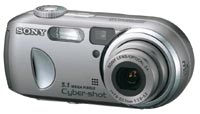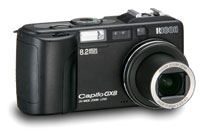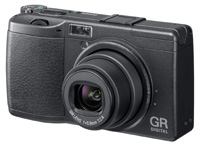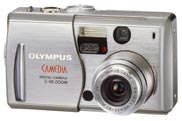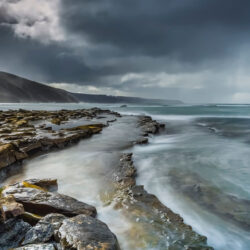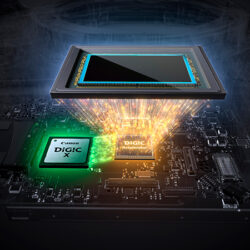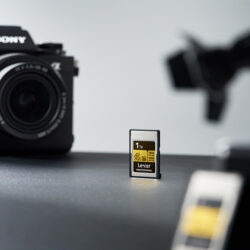Sony’s DSC-P93 Cyber-shot has the same 5-megapixel sensor as the DSC-P100 but a ‘Sony’ lens that only focuses to 10cm in macro mode. It also uses rechargeable AA batteries and is only available in one colour. Minor cosmetic differences include a slightly thicker body with the mode dial moved to the top panel, and a smaller LCD monitor. No remote control is supplied. The P93 has the same auto and pre-set scene modes plus Program AE and manual settings, and the same video options.
